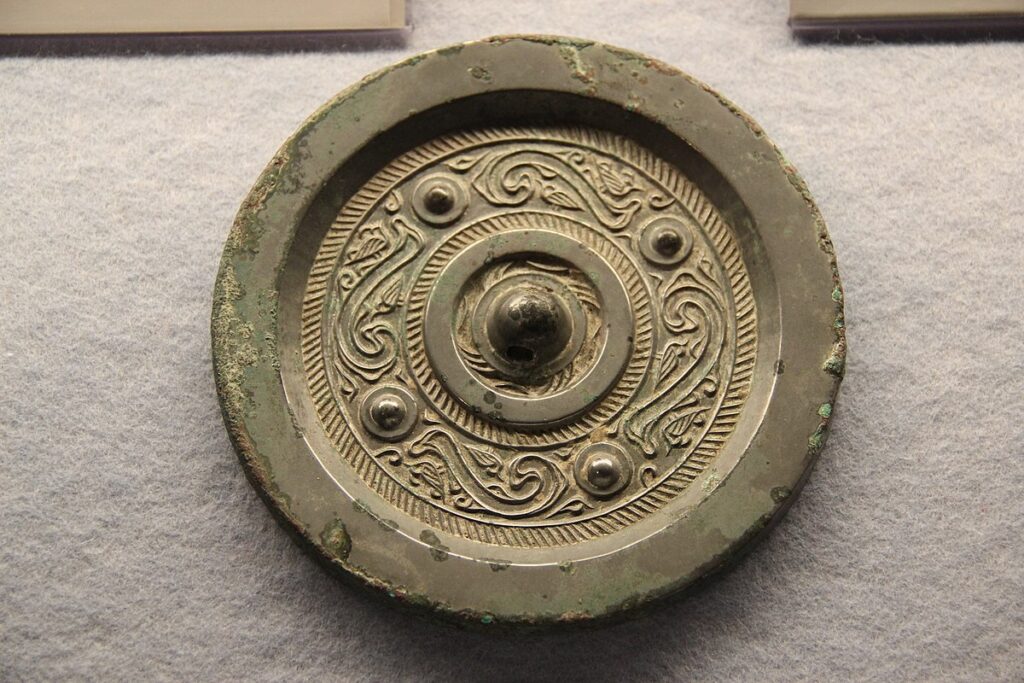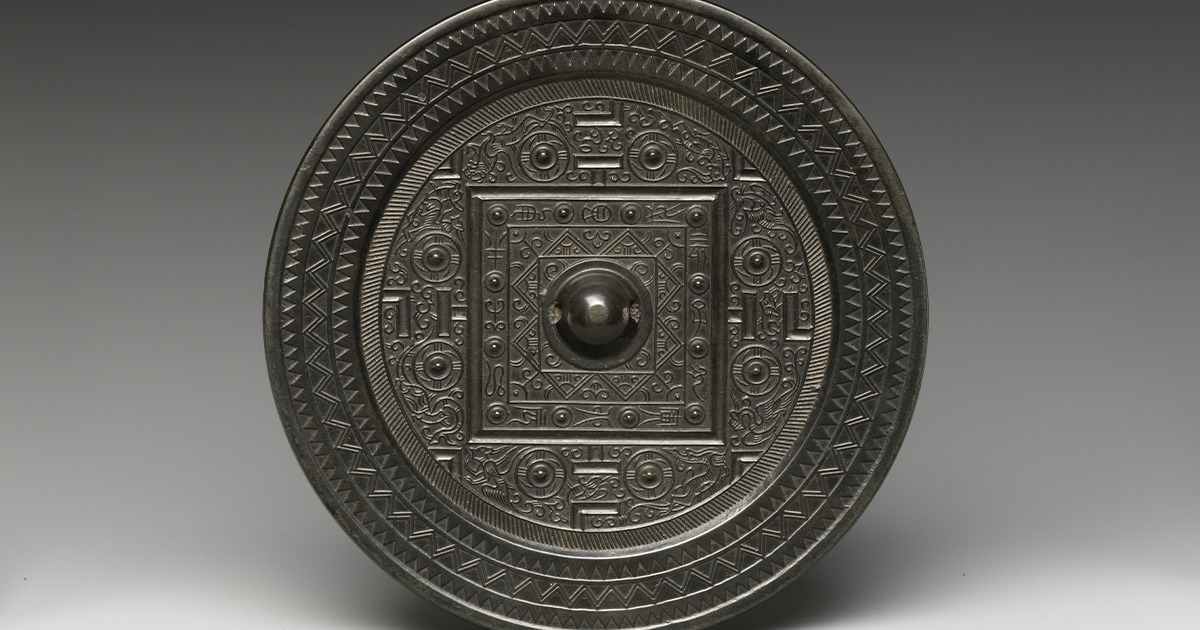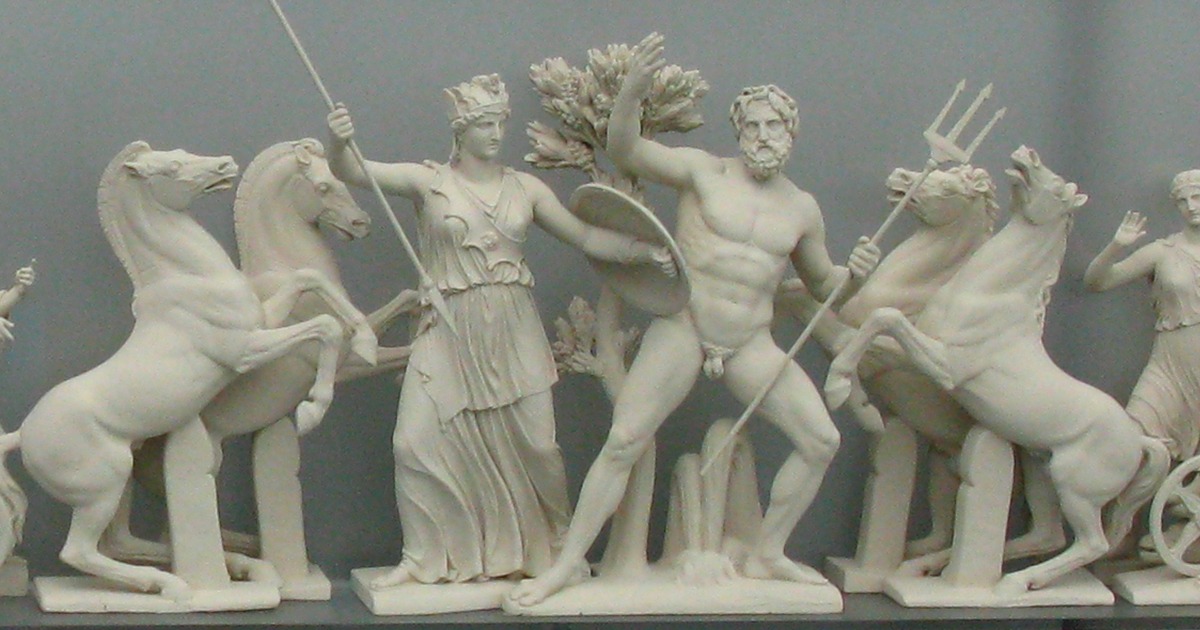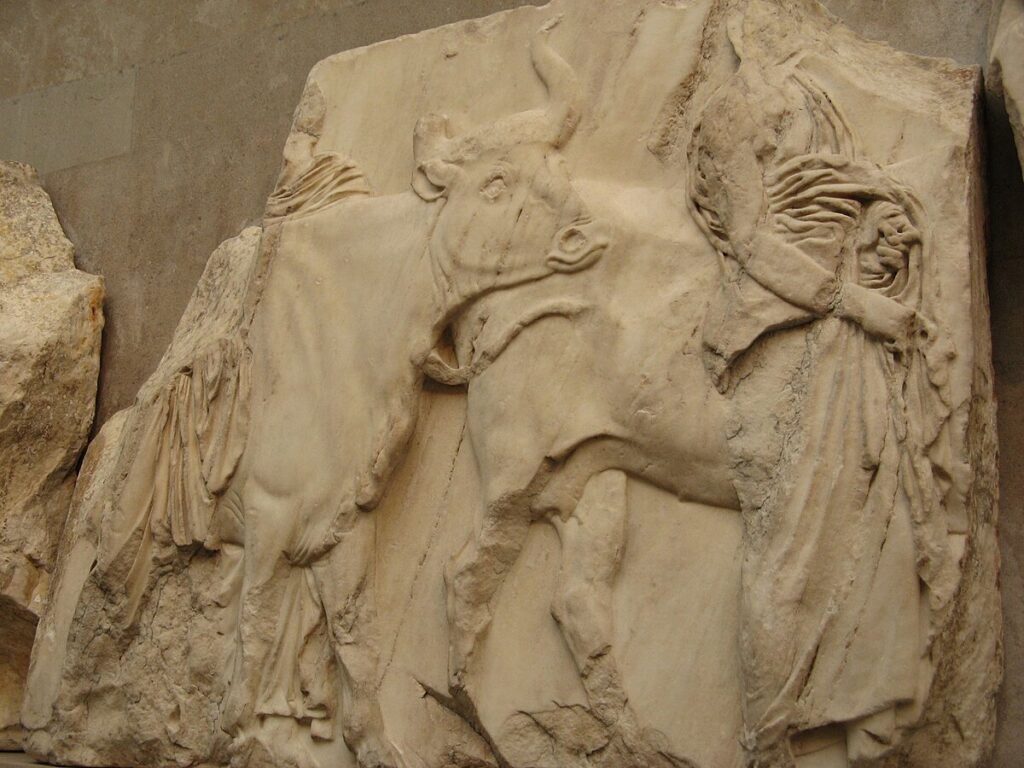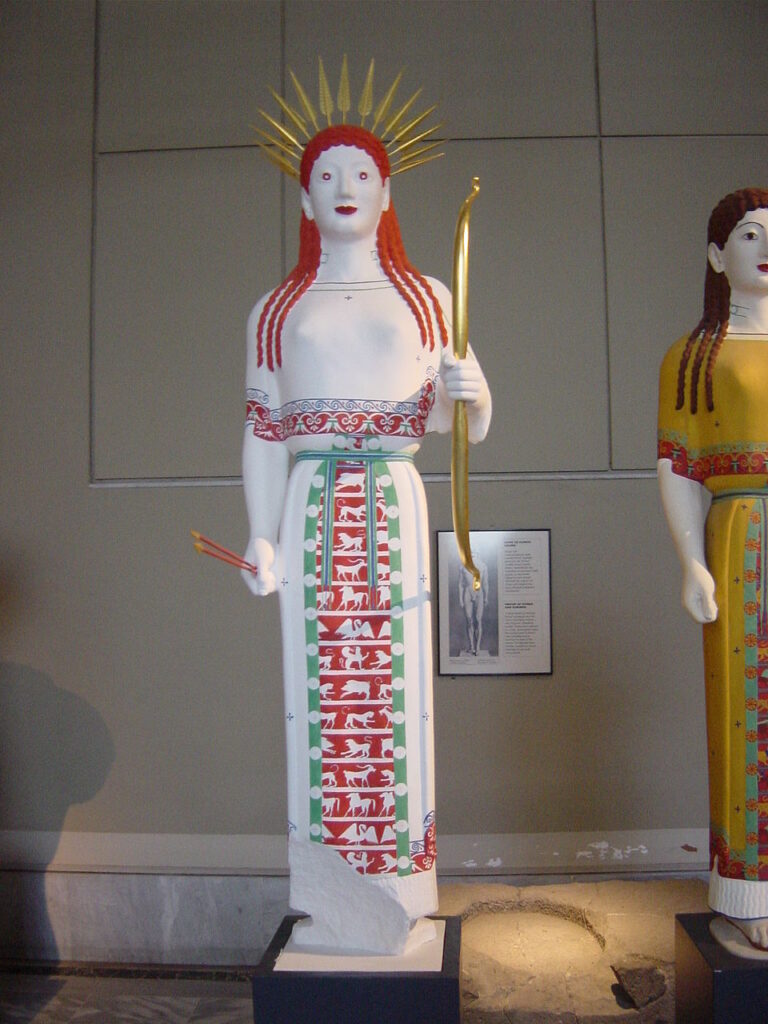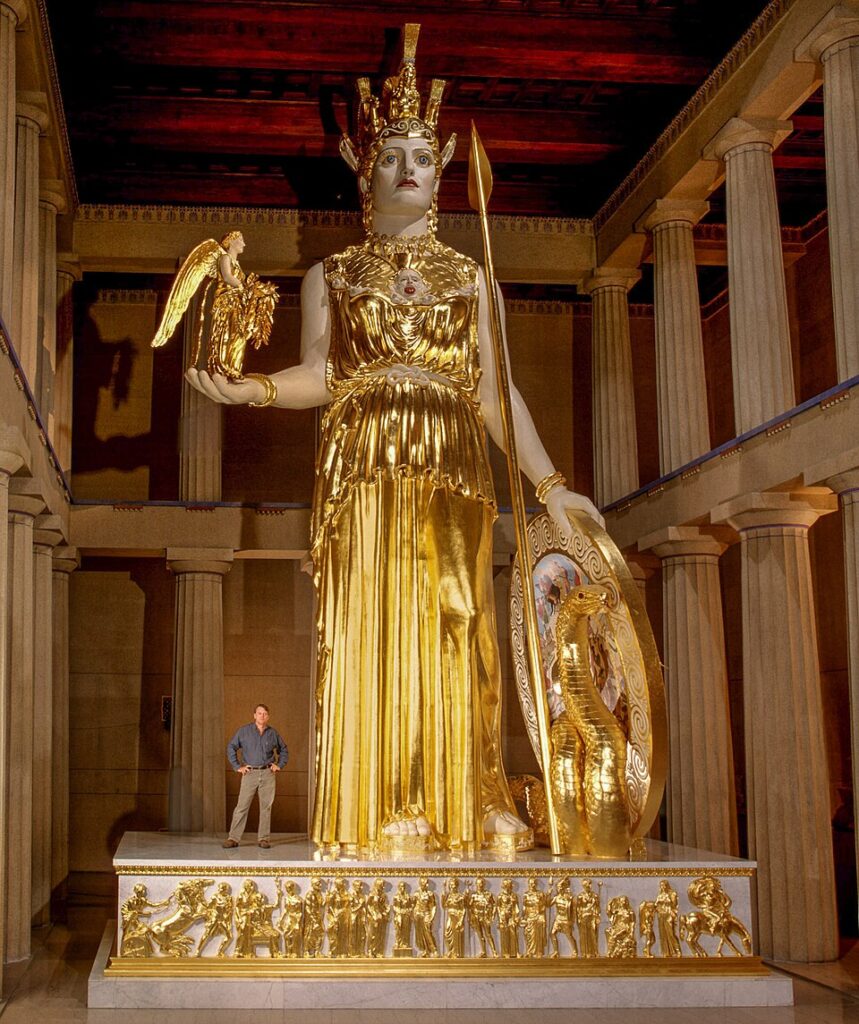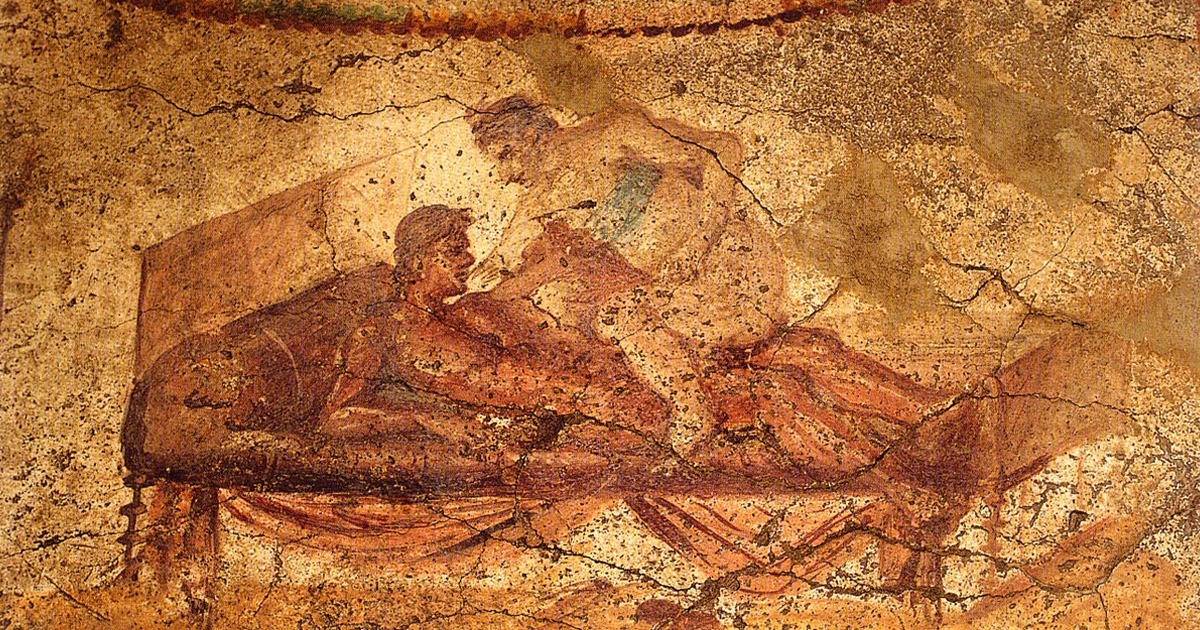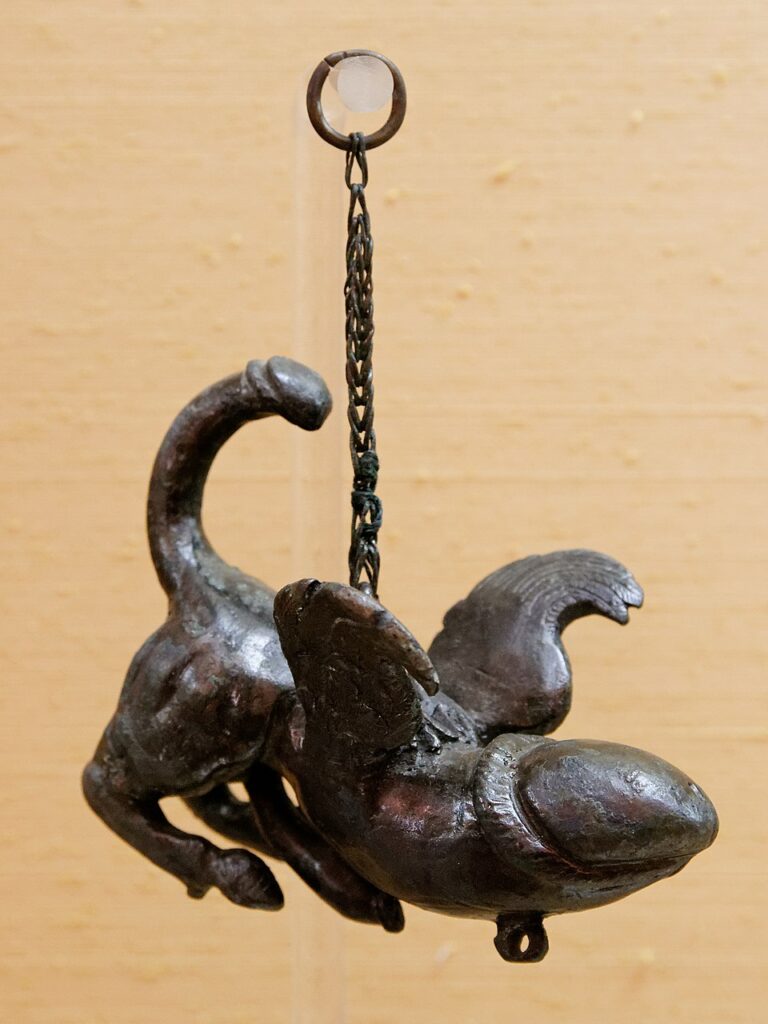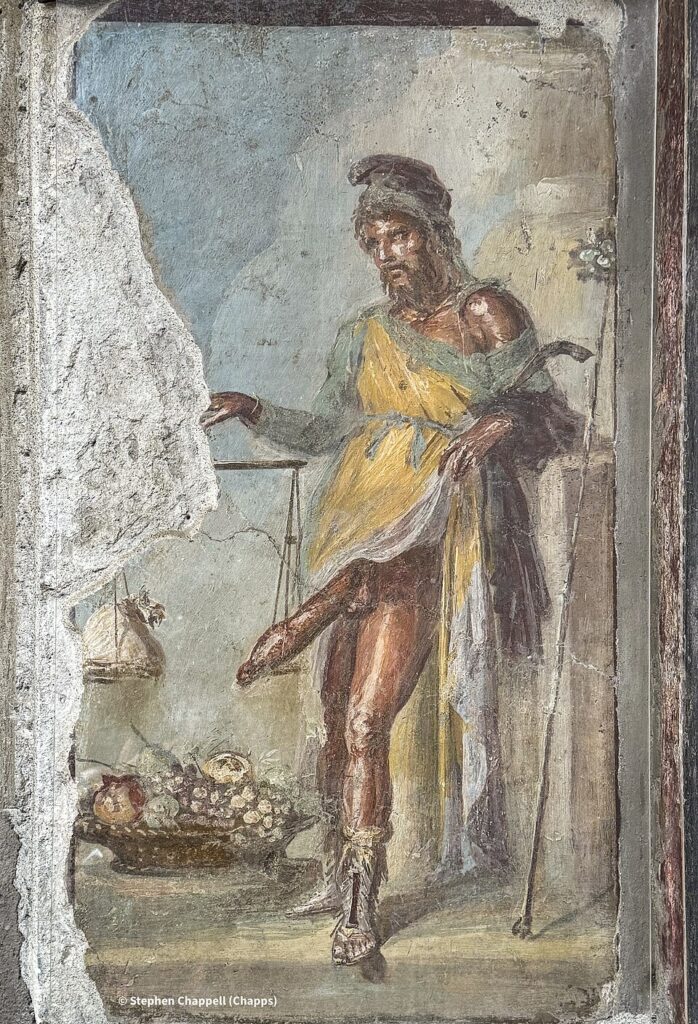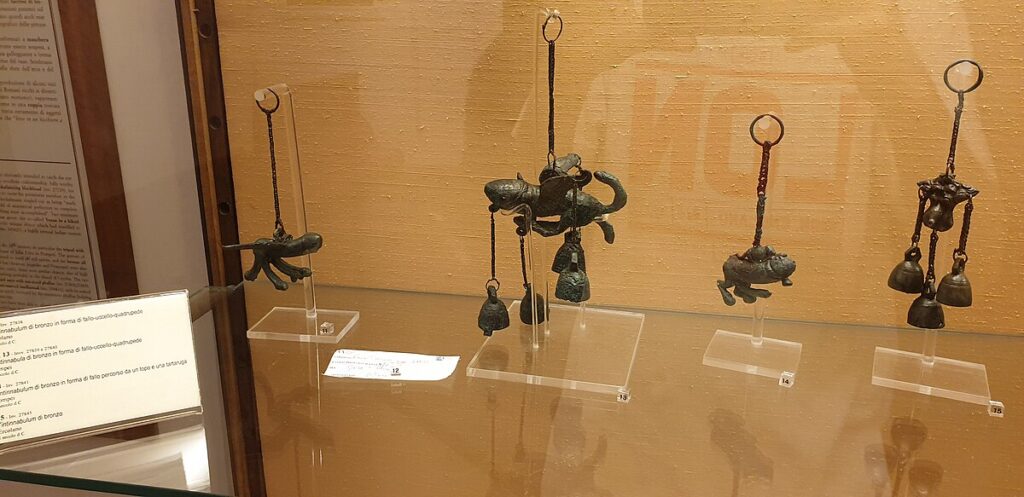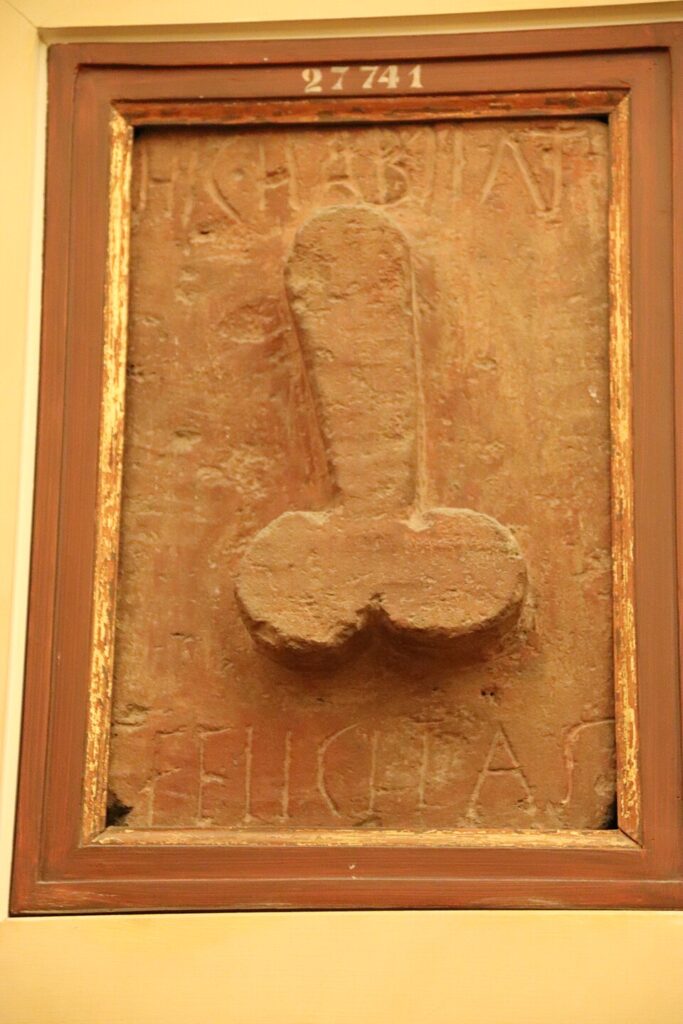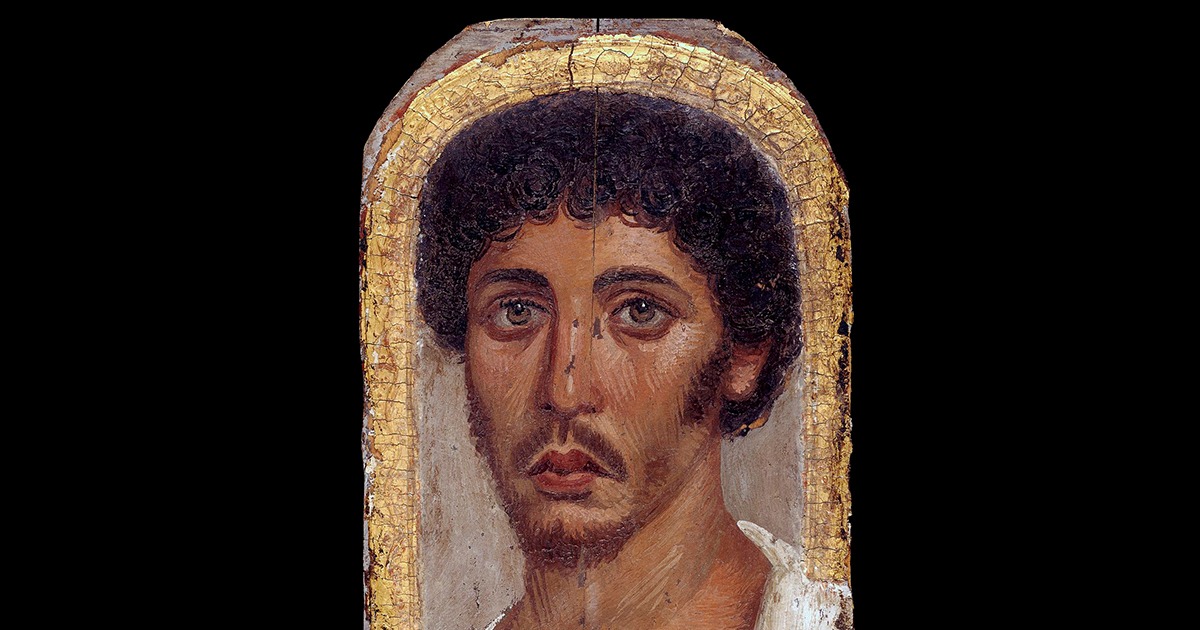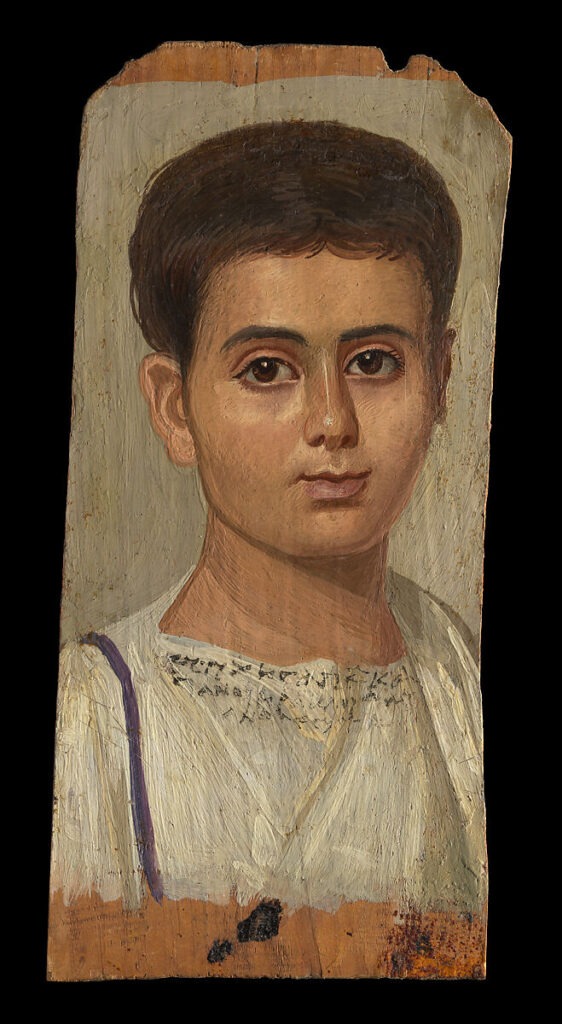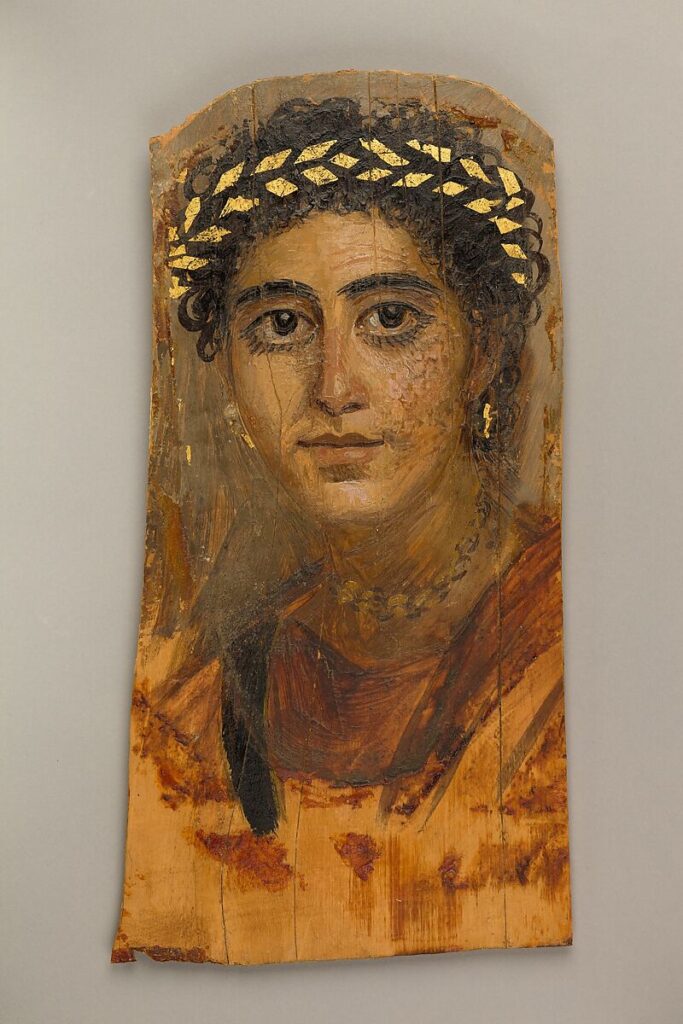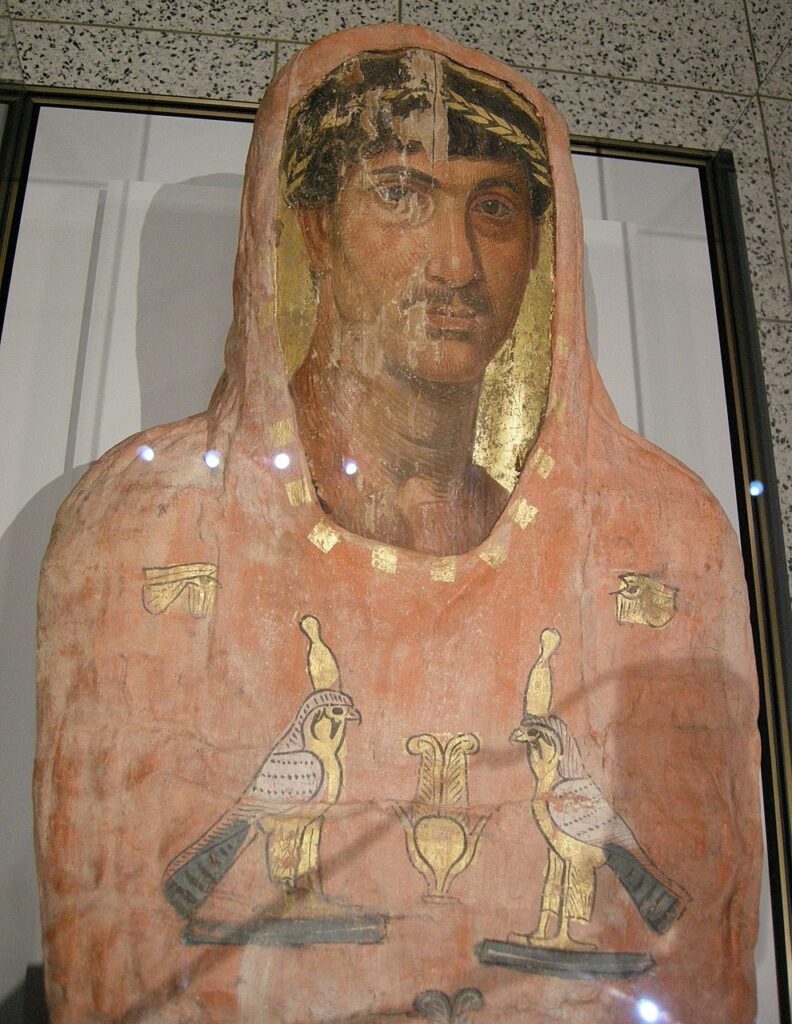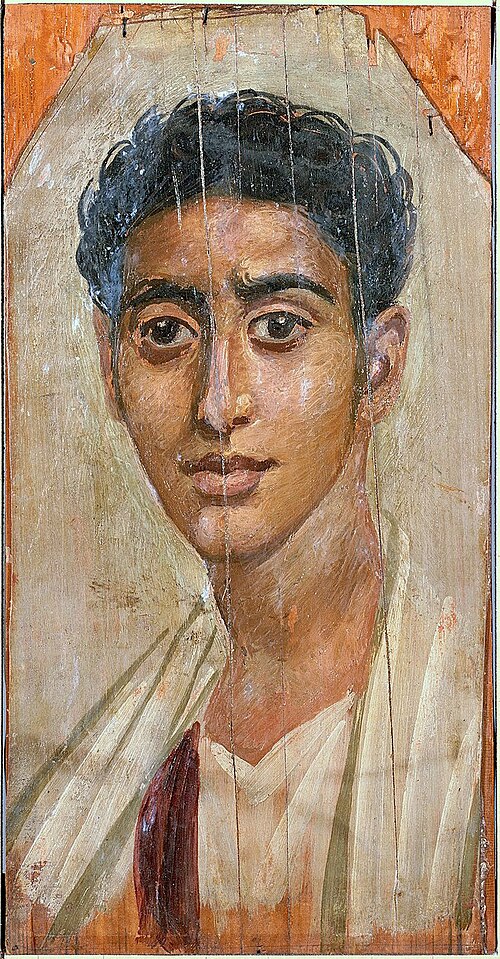Hold a Han dynasty bronze mirror in good light and you meet a paradox. The front is a calm, shining surface. The back bristles with bosses, bands, and inscriptions. In rare cases, when a bright beam hits the polished face and reflects onto a screen, the decoration from the back seems to appear in the reflected light. It feels as though the bronze has turned transparent. Of course, it hasn’t. What you’re seeing is an optical projection that ancient craftsmen coaxed from alloy, heat, and patient polishing.
Later writers called such objects “light-penetrating mirrors” because the pattern looks as if it passes through solid metal. The effect sits at the edge where craftsmanship meets physics. Once you learn how the trick works, the wonder doesn’t vanish; it just moves from stage magic to technique. A good mirror records touch. It remembers every scrape, burnish, and rub. Under bright illumination, that memory becomes an image.
Bronze, moulds, and finishing: how a Han mirror begins
Han mirrors start as cast discs of a copper-tin-lead alloy poured into clay or bronze moulds. The workshop forms the back with its bosses and geometric fields while the metal is still liquid. After cooling, the face is worked into a gentle convex curve. Scrapers and abrasives remove casting skin. Burnishers bring up a shine. A final polish can include tinning or a mercury-tin treatment to boost reflectivity, depending on period and practice. Each step matters. Every stroke changes thickness and introduces microscopic warping that later shapes the way light scatters.
Look at the backs and you see order: TLV diagrams with right angles and arcs; swirls and spirals; inscriptions promising fortune; beasts of the four directions guarding the quadrants. These patterns are not just pretty. They reflect ideas about cosmology, rank, and virtue. They also provide the workshop with a strong relief that, indirectly, influences the face during finishing. While most Han mirrors never project their backs, the small subset that do are the ones that generations of collectors and scientists call “magic.”
The “transparent backing” explained simply
The effect is optical, not mystical. When you reflect bright light off a highly polished, very slightly warped surface, tiny differences in curvature make brighter and darker spots in the reflected beam. If those minute undulations correlate with the relief on the back — because of how the disc was thinned and polished — the pattern appears in the light on a screen. To the eye, the face still looks smooth. Under the beam, the surface writes with light.
Think of it this way. A perfectly flat mirror would throw an even patch of light. A subtly bumpy mirror throws a patterned patch. The Han craftsman doesn’t need to carve the image on the face. He allows the finishing process to echo the back’s structure in micrometre-scale undulations. The back provides the theme; the face plays the variations. Under strong illumination, the wall becomes the page and the mirror the pen.
Where the pattern comes from: three forces working together
First, the cast relief. The back is proud with bosses and ribs. Casting sets up internal stresses and a distribution of thickness across the disc. Thin zones cool differently from thick ones. Those differences matter later, once tools begin to scrape and polish the front.
Second, mechanical finishing. Scraping, stoning, and burnishing transform a rough cast into a mirror. The worker presses hardest at points that already sit slightly proud. Pressure, heat from friction, and removal of metal together create a face that is smooth to the eye but subtly varied in curvature. In some workshops, the polishing rhythm followed stable habits, which is why certain hands seem to produce the effect more reliably than others.
Third, surface treatment. Historical sources and surviving mirrors point to tinning and amalgam techniques that leave internal stresses. As the treatment sets and the metal ages, the face “relaxes” into a micro-topography. That topography is the script the light reads.
What the Han mirror meant in life
Mirrors circulated as gifts, dowry goods, and everyday tools. In poetry and ritual, they symbolised clarity and right conduct. The backs preach virtue in tight, formulaic phrases; the fronts promise an honest reflection. TLV designs and four-beast schemes carry cosmological meaning: square within circle, heaven over earth, cardinal beasts guarding order. A mirror could be buried as a comfort for the dead and an emblem of status for the living. Most were practical; the special few that “write” with light sit at the overlap of craft pride and elite curiosity.
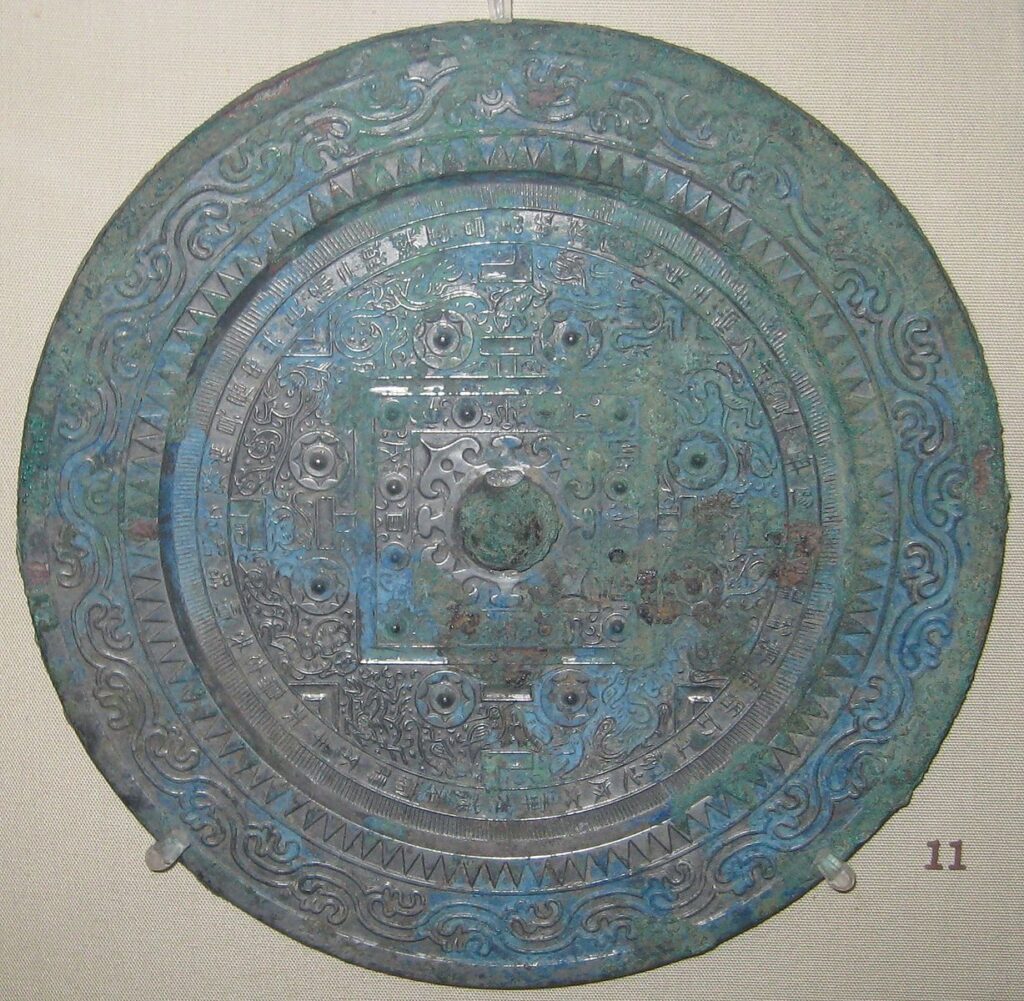
How to recognise the “magic” set without damaging anything
You cannot spot the projection effect by eye alone. A face that looks mirror-smooth can still carry the micro-warps that generate an image. The safe approach is entirely non-invasive: aim a bright, collimated light at the face and observe the reflected patch on a matt screen several metres away. Rotate the disc slowly. If an image appears, it will resolve as you find the right angle and distance. Conservators prefer controlled lab light and short sessions; the objects are old; patience is part of the method.
Even when a mirror projects a pattern, it is not always a perfect match to the back. Expect a ghost: a softened echo of bosses and bands, not a sharp drawing. The wonder lies precisely there — a whisper of structure, floating in light, telling you how sensitive polished metal can be to force, heat, and time.
Han technique versus later Buddhist “magic mirrors”
Centuries after the Han, workshops in China and Japan produced religious mirrors that reveal sacred imagery — most famously the Amida Buddha — under specific lighting. In some of these, craftsmen inserted a second thin relief plate behind the polished face. The projected image is then a deliberate design choice rather than a happy outcome of finishing stress. Both traditions appear “magical,” yet the construction differs. Han “transparent” mirrors usually rely on a single plate, cast and finished with exquisite control; later Buddhist examples may use compound structures to stage a vision on demand.
Either way, the audience response is similar: light, image, surprise, devotion. A secular TLV grid leans toward cosmology and state order; an Amida projection pulls toward salvation and ritual. The optical principle remains consistent — surface curvature modulates reflected intensity — but the cultural scripts diverge.
What science has done with the problem
Modern imaging and surface metrology have treated these mirrors as laboratories in miniature. Interferometry, scanning profilometry, and high-resolution macrophotography map deviations in curvature across the face. The measurements show undulations tiny enough to escape casual view yet strong enough to steer a beam. Replication studies with bronze coupons confirm that differential scraping and selective polishing can engrave a “hidden” pattern into a nominally smooth surface. The old workshops didn’t need equations; they had recipes, hands, and time.
This research cascade has a second life. Techniques derived from “magic mirrors” now help engineers inspect mirror-polished wafers and optics. Under a divergent beam and at modest distances, minute slope errors become visible as bright and dark bands on a screen. An ancient amusement, reframed, becomes a diagnostic for modern manufacturing.
Materials, alloys, and workshop decisions
Chinese mirrors are usually copper-tin alloys with a little lead. Tin hardens the metal and raises reflectivity; lead improves castability and flow. Analyses of Han mirrors commonly show tin around 20 percent, give or take, with lead between a few percent and the low teens depending on piece and period. Too much tin and the face becomes brittle; too little and it lacks shine. The right mixture lets a polisher work the surface without tearing.
Beyond chemistry sits habit. Some workshops favoured thick rims to stabilise the disc. Others leaned into rich reliefs on the back with heavy bosses and bold bands. Tool marks on faces — yes, even on mirrors — can linger under magnification: sweeping arcs from scrapers, straight runs from stones. When several mirrors share identical quirks in relief and finishing, scholars group them as a workshop cluster, sometimes even suggesting individual hands.
Designs that matter: TLV, beasts, stars
The TLV scheme, named by modern scholars for its resemblance to the letters T, L, and V, covers many Han backs with a grid that frames the world: a square for earth inside a circle for heaven, gate-like bars, and a central boss that anchors both structure and string. The four directional beasts — Azure Dragon, White Tiger, Vermilion Bird, Black Tortoise — guard the quadrants and bind text to cosmology. Star mirrors echo sky maps in simplified form. Any of these can, under the right finishing and lighting, whisper their shapes into reflected light.
Inscriptions often promise long life, prosperity, and moral clarity. A mirror talks to its owner: keep righteousness; enjoy blessings; reflect and be reflected. The projection effect, when present, adds one more layer to that conversation — a reminder that hidden order, patiently worked, reveals itself only under the right light.
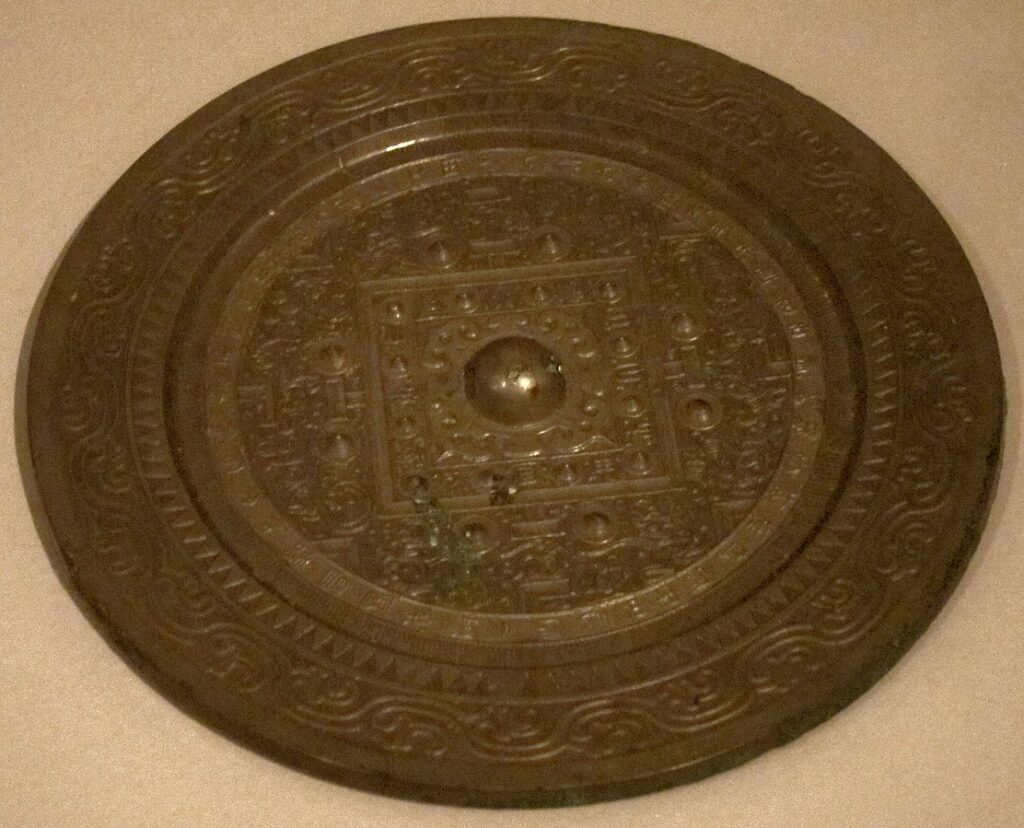
Making the effect by hand: a plausible workshop recipe
Reconstructing a Han recipe is part detective story, part shop floor. Start with a robust back: bosses, ribs, and a well-defined central knob. Cast the disc slightly thicker than the target. Work the face to a shallow convex. Scrape until the lows whisper through — you can feel them rather than see them. Burnish with firm, even pressure, but spend a little longer over zones opposite tall back relief. Polish in broad arcs. Finish with a surface treatment that stresses the skin. Set the mirror aside and let metal creep do its slow work. When ready, test with a strong beam.
None of this needs supernatural knowledge. It demands repeatable pressure, a disciplined sequence, and feedback from light. A mirror that “writes” on the wall pays you back for that discipline. The image will be dim, but it will live.
Where to see them today
Major collections hold Han mirrors in depth. Some galleries pair backs with raking light so you can read relief clearly. Others show fronts under soft, even illumination. A few museums demonstrate projection with modern lighting rigs — carefully, briefly, and under controlled conditions. Even without the “magic,” the objects reward close looking: crisp inscriptions beside carefully chased lines; patinas ranging from deep black to green; tool marks caught at the edge of bosses; string scars around central knobs.
It helps to remember that these were held, tied, and used. Their intimacy shows in the way a thumb finds the same place under the rim. The small scale of most Han mirrors insists on closeness. You don’t stand back; you lean in. You see your face, the room behind you, and, if the staff allow it, the glancing shift in a beam that turns a blank patch of light into a grid.
Care, conservation, and safe viewing
Bronze is sturdy, but mirrors are thin. Warping, corrosion, and past treatments complicate matters. Conservators prefer stable humidity, modest light, and supports that let discs flex slightly. Cleaning is conservative. The goal is to preserve both patina and the microscopic surface that carries the optical effect. Demonstrations, when done, keep light levels safe and exposure short. If a mirror projects, staff document it fully so future researchers can replicate the setup.
Reproductions have their place. Modern replicas help explain the physics without risking a fragile original. A good replica can match alloy, thickness, and finishing sequence closely enough to make the effect behave on cue, which makes teaching easier and the real objects safer.
Why the story still thrills
Part of the appeal is the sheer neatness of the trick. Another part is the blend of head and hand. No theorem alone could design such an object in antiquity; no hand alone could stumble into it without patient testing. The Han workshop that produced a “transparent” mirror found a feedback loop between practice and effect and stayed with it long enough to make the result reliable. You can almost hear the pride in a master’s voice: Watch the wall.
There is also a moral hidden in the optics. A polished surface looks blank yet holds a map. Under the right light, that map appears. The idea feels very Han: order beneath gloss; structure beneath style; truth waiting for a steady hand and a clear beam.
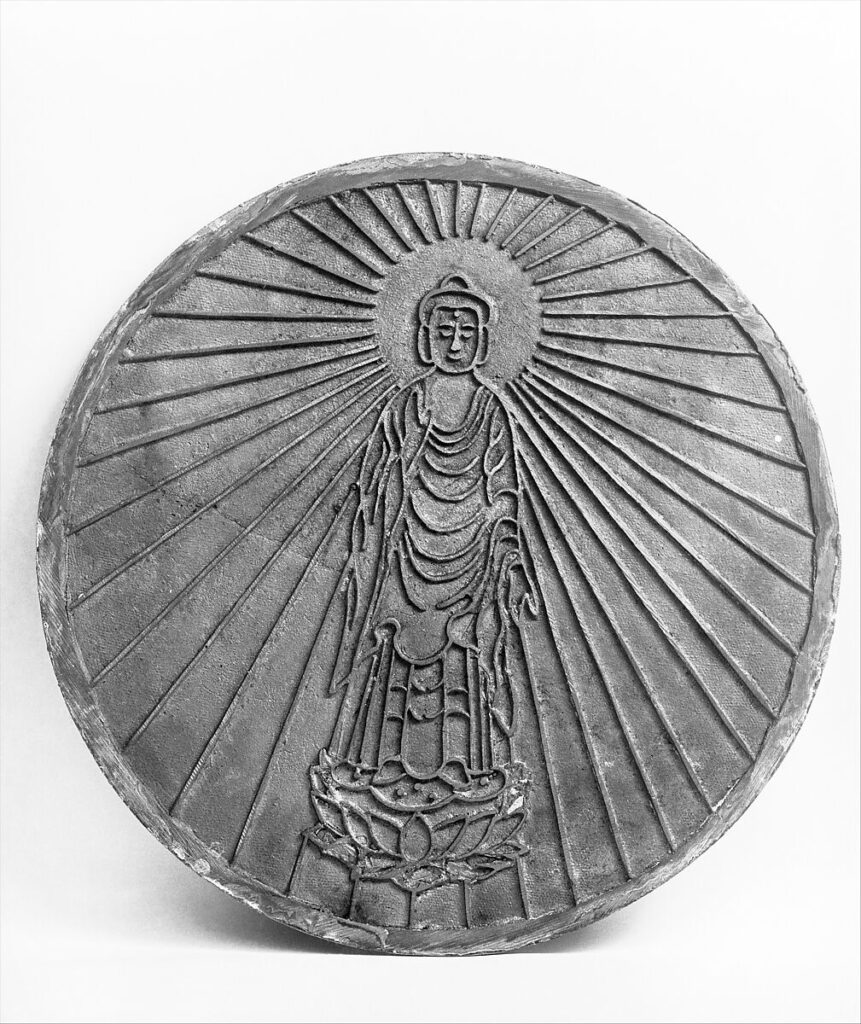
Reading one in person: a quick guide
Start with the back. Name the scheme: TLV, beasts, star, or inscription field. Check the rim for thickness and any rope wear around the knob. Note the alloy colour. Then turn to the face. Catch the curvature at the edge. Look for faint tool sweeps under raking light. If the gallery provides a diagram of the projection, study where the brightest domains align with back relief. If not, imagine the mapping: thick under thin, thin under thick, pressure echoing pattern across the disc.
Finally, allow the mirror to be a mirror. Stand at arm’s length and watch the room in its curve. The object doesn’t need the “magic” to matter. It has already done the real work: bringing craft, belief, and physics into an everyday thing you can hold by the knob and slip into a sleeve, two thousand years ago or today.
